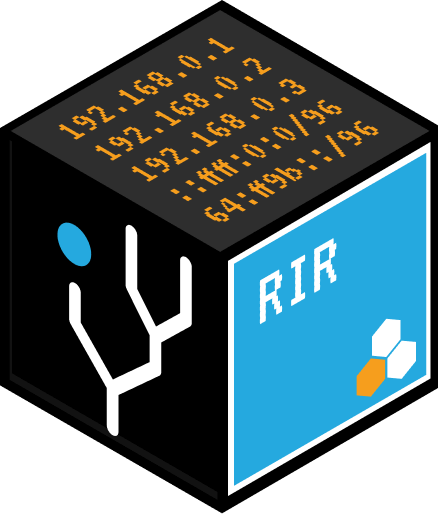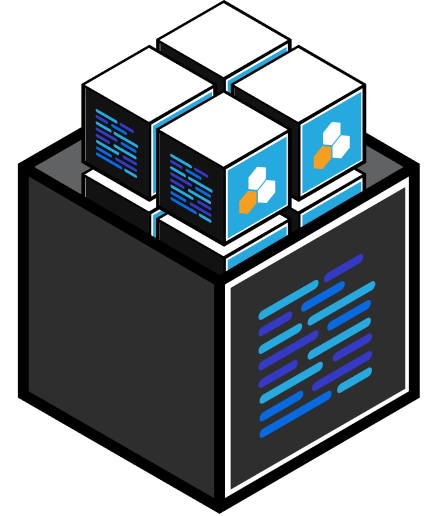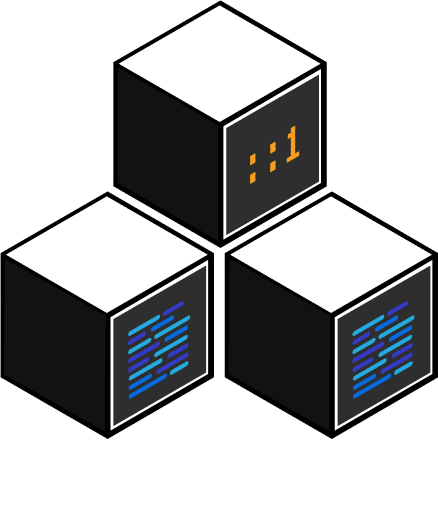6connect’s CEO, Aaron Hughes, worked amongst IPv6 leaders for the past several months on creating the IGF 2015 Best Practices Forum on IPv6, a ~70 page document that was prepared for the International Governance Forum held in November in Brazil. In addition to spending several months preparing this important industry document, Hughes was a speaker in two panel sessions. This is part 2 of a 6 part series with critical information pulled from the Best Practices Forum. Part 1, Why Adopt IPv6?, can be found here; part 2, Hurdles to IPv6 Adoption, can be found here; part 3, IPv6 Task Forces: A Platform for Best Practices, can be found here; and part 4, Lessons from the Private Sector, can be found here.
End users support IPv6 adoption when, as consumers, they buy IPv6-enabled devices and sign up for IPv6 services. Growing end-user demand for IPv6-ready goods and services, especially in light of the developing “Internet of Things,” should result in more upstream providers and device manufacturers providing IPv6-enabled offerings to meet this demand. This Section canvasses related considerations.
The developing market for the Internet of Things
In the opinion of some, discussions on the Internet of Things too often assume that IP address space is an unlimited resource, and that it will scale as the IoT does. But, as we know, “IP address space is not unlimited. In fact, the IPv4 address space has been depleted since February 2011. And [this may be] the single best reason to consider IPv6 … for the future of IoT.”
The International Telecommunication Union has defined the “Internet of Things” (IoT) as “a global infrastructure for the information society, enabling advanced services by interconnecting (physical and virtual) things based on existing and evolving interoperable information and communication technologies.”
The Internet of Things revolves around increased machine-to-machine communication; it’s built on cloud computing and networks of data-gathering sensors; it’s mobile, virtual, and instantaneous connection; and they say it’s going to make everything in our lives from streetlights to seaports “smart.”
More “things” are coming online and the Internet is growing because of it. As one contributor explained:
Projects that interconnect devices to reduce power consumption, increase efficiency, and generally make better use of the world’s existing resources will require the allocation of vast numbers of IPv6 addresses. Ubiquitous connectivity of these devices using IPv6 is paramount to a simple roll-out in consumer markets, from [Intelligent Transport Systems (such as interconnected cars)], to home automation (e.g. light bulbs, refrigerators, and power, water, and gas meters), to medical devices to allow patient monitoring. The backend cloud services needed to service this high growth, high innovation ecosystem will also need IPv6.
New markets are emerging in response to a small but growing demand for IPv6-enabled products – the “smart house,” for example, which has IPv6-enabled home appliances, for example printers, thermostats, refrigerators, and light bulbs.
For early adopters however, in their capacity as consumers of IPv6-enabled products, the market is still young. Product availability and consumer choice remains limited. Further, when products are found and purchased, they must be configured. Unlike other consumer electronics IPv6- enabled home appliances are not “plug and play.” There are no interface standards for configuration. Non-technical consumers require help.
Consumer awareness
BPF contributors identified consumer awareness as one area that could benefit from best practices. It is not easy to raise and maintain the average consumer’s interest in the technical standards that their electronic devices use. As one contributor explained:
Most consumers aren’t aware of IPv6; no surprise there, as consumers also aren’t aware of what [quadrature amplitude modulation (QAM)] standard their TV uses or other technical details about the technology they use every day. That’s very likely never to change.
And:
There is no standard or even best practice for how the device alerts the consumer that it is using IPv6. For example, there isn’t an IPv6 equivalent to the 4G LTE shown on cell phones.
BPF discussion then turned to whether a “buzzword like ‘v6 enabled’ would be a good thing to provoke [the] curiosity of … end users that care about such details.” The same contributor added:
That said, it’s one thing to put such promotional words/logo on devices, it’s another thing for it to have meaning to the buyer. At the moment, a typical end user just wants to be able to access his/her favourite services … So long as the device is tested to do that, they would be fine.
A standard, logo, or some form of certification was raised as one solution to the problem of low consumer awareness.
Certification
A well-recognized, voluntary standard for certification of IPv6-readiness in consumer devices was raised as a best practice. It is important that such standards are voluntarily adopted, one contributor explained, because mandated standards – for example through Type Approval schemes – “add overhead cost to placing equipment on the market, as well as to feature development and testing.” Further, as Type Approval schemes have not heretofore been required for IPv4, any such mandate for IPv6 only will disincentivize and impede IPv6 deployment:
Equipment vendors will see an extra cost for deploying IPv6 in its products. It will cost less for them to place IPv4-only equipment on the market, since they would not incur the expense of IPv6 Type Approval.
BPF discussion identified the IPv6 Forum’s “IPv6-Ready Logo Program” as an example of a voluntary certification standard for various IPv6 aspects (devices, as well as training courses, etc.). The program focuses on IPv6 conformance and interoperability testing. Its goal is “to increase user confidence by demonstrating that IPv6 is available now and ready to be used.”
The program is managed by the IPv6 Ready Logo Committee, which is composed of representatives from vendors, service providers, academic institutions, IPv6 organisations, and others. As explained on the program’s website:
The IPv6-Ready Logo Committee’s mission is to define the test specifications for IPv6 conformance and interoperability testing, to provide access to self-test tools, and to deliver the IPv6-Ready Logo. The key objectives and benefits of the IPv6-Ready Logo Program are to:
- Verify protocol implementation and validate interoperability of IPv6 products;
- Provide access to free self-testing tools; and
- Provide IPv6-Ready Logo testing laboratories across the globe dedicated to provid[ing] testing assistance or services
The Best Practices Forum on Creating an Enabling Environment for IPv6 Adoption explored different best practices that have helped to create an environment that promotes and supports the adoption of IPv6. Amongst other topics, the BPF looked at IPv6 Task Forces, capacity building initiatives, best practices in the private sector, and the role that governments, National Research and Education Networks, and Universities can play. The BPF outcome document intends to be a source of information and examples for people and organisations in their various efforts to promote, deploy and spread IPv6.
Find the entire report here.
Questions? Concerns? You can contact us at 6connect to speak directly with an engineer. If you are looking to automate and scale your provisioning, we’ve got your back.
Email: info@6connect.com or call +1 (650) 646-2206.







